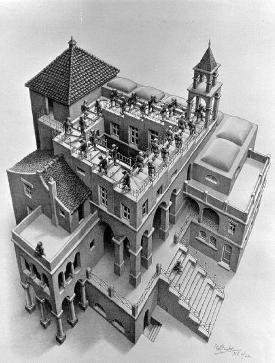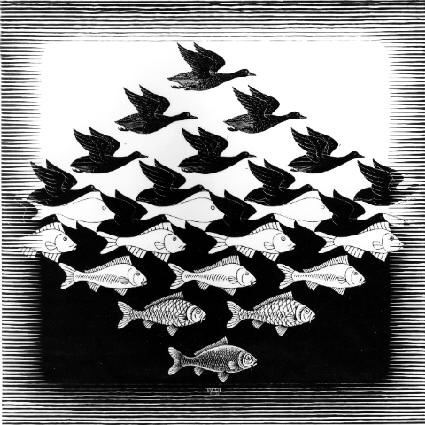My first "real" job was a technical draftsman, working in the changes department for General Motors. I got this job right out of high school and now with a "big paycheck" and a new car I thought I was set for life - however, after six months of showing up to work in a white shirt and black tie along with a hundred other white shirts and ties making corrections and changes as dictated by the "engineers" - I had enough and my future was suddenly not so clear. I decided to go to college and as a child of the 60's I followed my heart - rather than setting up a rigid course of studies, I took classes in areas of interest - such as astronomy - history and anthropology - eventually graduating with Bachelors of Science in Social Studies, a Teaching Degree and a Masters of Arts in Latin American History (with an emphasis on the Native Americans of Meso-America). I did not take any classes in Art, even though I had an interest, I did not believe I had the talent. I had technical drafting skills but in my mind, this did not equal artistic skills. My studies led to an appreciation of Art History and expecially the art of M.C.Escher, Indians of Meso-America (Aztecs and Mayas) and the Indians of the North West Coast.
Maurits Cornelis Escher (1898-1972) is one of the world's most famous graphic artists. He is famous for his so-called impossible structures such as "Ascending and Descending" and "Waterfall".
Maurits Cornelis Escher (1898-1972) is one of the world's most famous graphic artists. He is famous for his so-called impossible structures such as "Ascending and Descending" and "Waterfall".
and his transformations such as "Metamorphosis" and "Sky and Water".
I was immediately attracted to Echer's technical style, the use of black and white and the way he played with perception and perspective.
I also found the art of the Meso-American Indians interesting - expecially that of the Aztecs and the Maya. They were famous for their practice of incorporataing one image inside of another and the use of animal totems such as the Jaguar, Eagle, and the Serpent. One of the most important artist subjects was the Feathered Serpent - called Quetzalcoatl by the Aztecs and Kulkulkan by the Maya. He was the god of corn - giver of books and the calendar - the bringer of civilization and the god of good - yet he is a symbol of death and resurrection and is depicted as a serpent with feathers (a dragon).
I also found the art of the Meso-American Indians interesting - expecially that of the Aztecs and the Maya. They were famous for their practice of incorporataing one image inside of another and the use of animal totems such as the Jaguar, Eagle, and the Serpent. One of the most important artist subjects was the Feathered Serpent - called Quetzalcoatl by the Aztecs and Kulkulkan by the Maya. He was the god of corn - giver of books and the calendar - the bringer of civilization and the god of good - yet he is a symbol of death and resurrection and is depicted as a serpent with feathers (a dragon).



